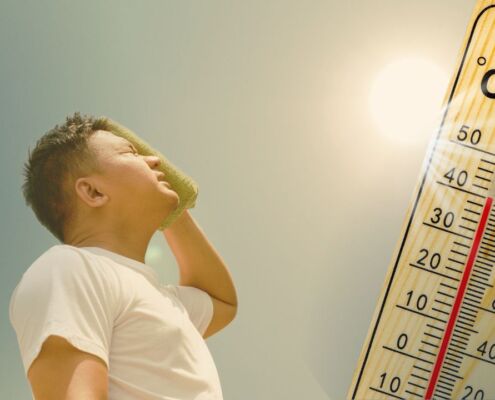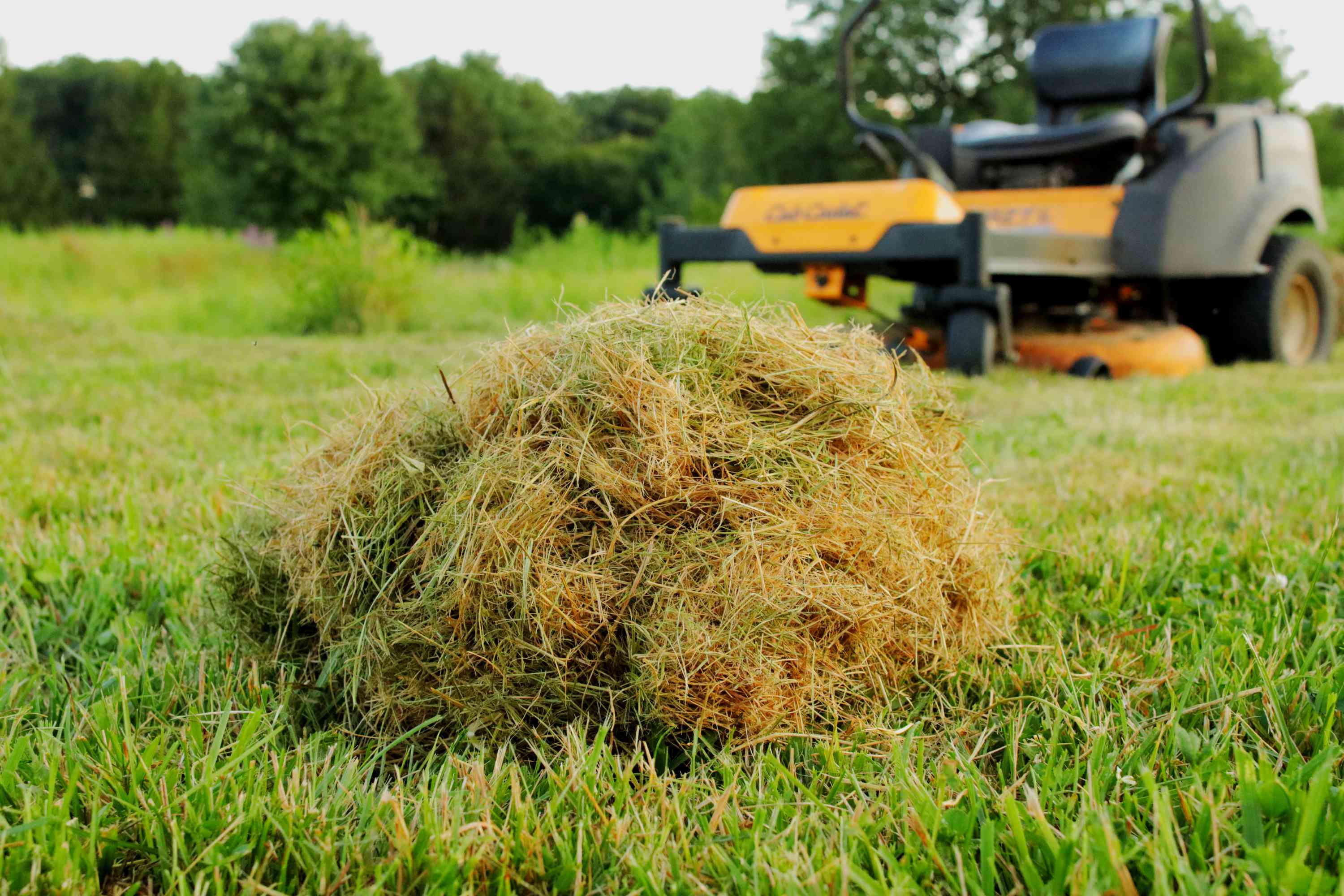Heat Index – The “Real Feel” Measurement
If you’ve ever spent time in 90°F heat in the dry Arizona desert and then experienced the same temperature in humid Minnesota, you know firsthand it doesn’t feel the same. That’s because temperature alone doesn’t tell the whole story. The Heat Index, often referred to as the “real feel” or Apparent Temperature, is a much better measure of how hot it feels to the human body.
What Is the Heat Index?
The Heat Index is a calculation that combines two key environmental factors:
- Air Temperature
- Relative Humidity
When humidity levels are high, the body’s natural cooling system – perspiration – becomes far less effective. Normally, as sweat evaporates from the skin, it carries heat away and helps cool the body. But in humid conditions, evaporation slows dramatically. This prevents the body from cooling efficiently, causing the actual perceived temperature to rise well above the number you see on the thermometer.
For example:
- 95°F with 20% humidity might feel like 95°F
- 95°F with 60% humidity can feel like 110°F or higher
Why It Matters
A high Heat Index is more than just uncomfortable. It can be dangerous, especially for vulnerable groups like:
- Children
- The elderly
- Outdoor workers
- People with chronic health conditions
Prolonged exposure to high Heat Index levels can lead to:
- Dehydration
- Heat exhaustion
- Heat stroke
- In severe cases, even death

According to the CDC, more people in the U.S. die annually from heat-related causes than from hurricanes, tornadoes, or floods. This makes understanding and preparing for Heat Index conditions a matter of public health and safety.
Nature’s Role in Cooling
The good news? Green spaces like grass, trees, and shrubs are powerful natural cooling agents. Through the process of evapotranspiration where moisture evaporates from plant surfaces and soil, and by providing shade, plants can reduce surrounding temperatures by as much as 10 to 15 degrees Fahrenheit.
Well-planned landscaping can:
- Lower local Heat Index levels
- Reduce air conditioning costs
- Protect vulnerable populations in urban areas
In fact, urban areas with low tree and vegetation cover are more prone to the Urban Heat Island Effect, where heat builds up due to asphalt, concrete, and buildings retaining warmth. Expanding and maintaining green spaces is one of the most effective ways to combat this.
Beat the Heat with Green Solutions
While we can’t control the weather, we can take steps to mitigate extreme heat by investing in and maintaining healthy green spaces. From the shade of a tree to the cooling effect of a well-maintained lawn, nature plays a vital role in keeping our communities safe and livable even during the hottest days of summer.
Discover the Power of Green Spaces
Green spaces do more than just beautify our neighborhoods – they help clean the air we breathe, cool our cities, reduce carbon levels, and promote healthier, more connected communities. Lawns, trees, and shrubs may seem simple, but together, they form powerful natural systems that benefit both people and the planet.
To help you understand the impact of your own green space, Project EverGreen invites you to explore the Clean Air Calculator™ – a free, web-based tool that measures the environmental benefits of green spaces on your property.
Whether you’re a homeowner, landscape professional, golf course superintendent, sports field or park manager, or property owner, this innovative tool makes it easy to see the real-world impact of the green spaces you care for.
See how your green space makes a difference. Try the Clean Air Calculator today:
https://projectevergreen.org/clean-air-calculator/





